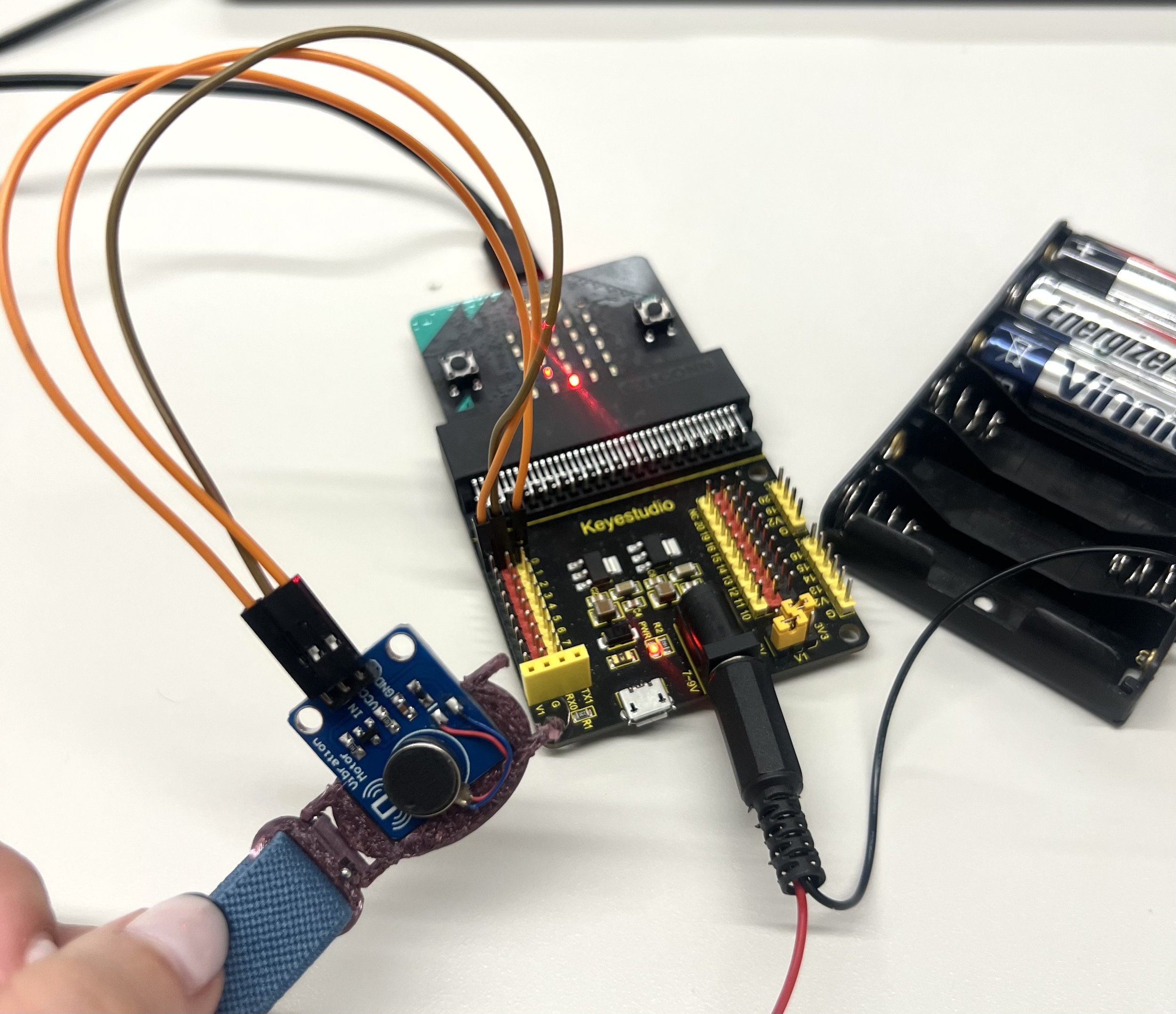NAVI
Oct-Dec 2024
A wearable device that aids street navigation and supports route learning.
ROLE
UX/UI Design · 3D Modeling · Prototyping
TOOLS
Solidworks · Figma · Keyshot
PROBLEM
Older adults often experience cognitive and visual decline, making it difficult to navigate safely and confidently in urban environments.
SECONDARY
For younger people, reliance on navigation apps is associated with a poor sense of direction and lessens the ability to create/maintain cognitive maps.
RESEARCH
Aging Population
Cognitive decline affects memory, decision-making, learning, thinking abilities.
Physical health decline affects their mobility, dexterity, vision, and hearing.
Resulting in increased isolation and the loss of independence and purpose.
Younger Population
Constantly facing the phone for directions can be unsafe in large urban cities.
Technology dependence on GPS affects their navigation with lowered way-finding abilities to learn new layouts or routes.
Navigation apps allow people to say connected to their community (ex. Apple’s Find My, Waze)
Lester, Adam W et al. “The Aging Navigational System.” Neuron vol. 95,5 (2017): 1019-1035. doi:10.1016/j.neuron.2017.06.037
Cognition & Navigation
Path Integration: updating information of perceived self-motion to keep track of position and orientation during travel
Landmark-based: visual landmarks and other environmental information for homing, reorientation, and wayfinding
IDEA
A wearable device that uses haptic feedback to guide users along their route, encouraging screen-free travel and helping users learn layouts and routes more effectively.
The paired mobile app allows users to preload routes and connect with others, ensuring seamless navigation without relying on constant screen use.
PROTOTYPE
Haptic Feedback - Vibration Motor
FINAL
How It Works
To orient the user in the a direction, the left or right device pulses and blinks until the user is oriented.
The central button is used to start or pause route. For bluetooth pairing, hold for 3 seconds.
Features
Primary Sensor
Haptics: Vibrations
Secondary Sensors
Sight: Green LED
Sound: Text-to-Speech Option
Spring Watch Mechanism
Customizable
Materials
Nylon Adjustable Band: Elastic, Waterproof
TPE Plastic: Soft, Rubber Feel
Mobile App Prototype
Users can paste addresses, saved addresses, or the location of their friends to load a route into the device.
Technology Used: Bluetooth Low Energy, Crowd GPS, Ultra-Wideband Range






















